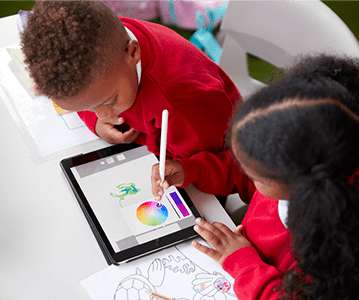The Technological Transformation of Districts to Benefit All Learners
edWeb.net
OCTOBER 20, 2021
Many school districts are now going through a process of determining which pandemic-related practices should be kept, improved, or discarded, and the use of remote and blended learning technologies is frequently being raised during these types of discussions. Professional Learning, Family Connections, and Community Engagement.
















Let's personalize your content